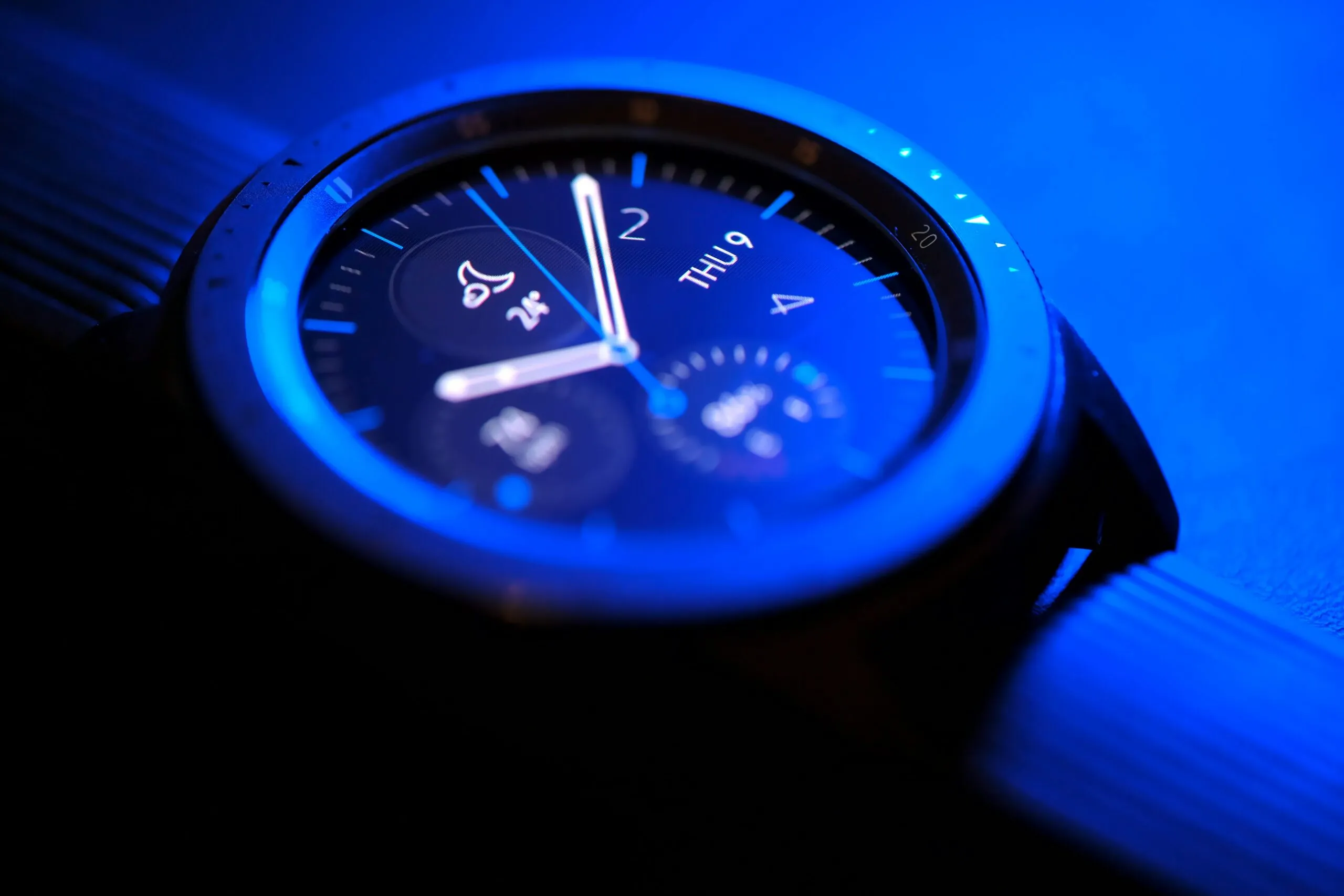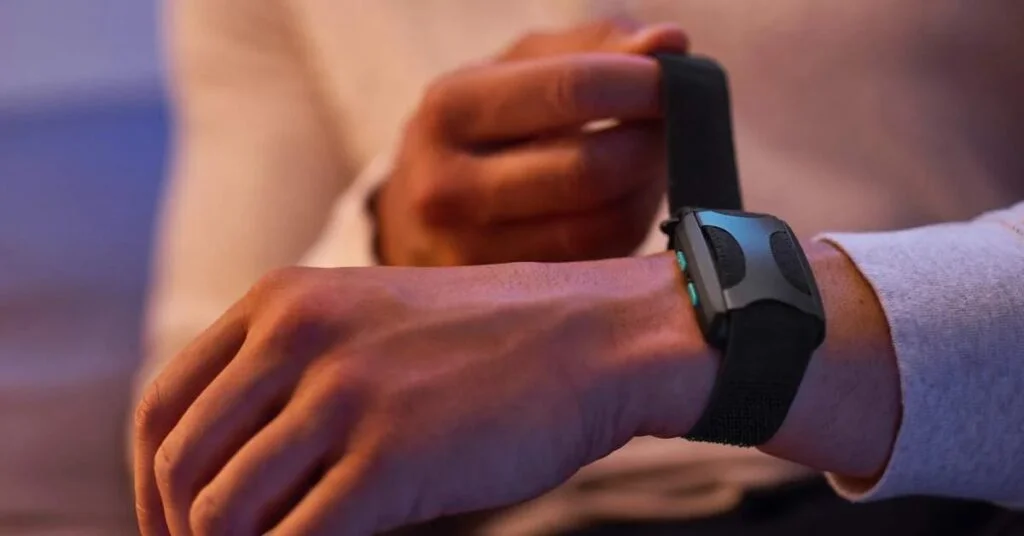
Introduction to Wearable Health Monitors
Wearable health monitors have become an integral component of personal health management, enabling individuals to take charge of their well-being through continuous tracking of vital health metrics. These innovative devices leverage advanced technology, including sophisticated sensors and data analytics, to monitor heart rates in real-time. The convenience and accessibility of wearable health monitors facilitate a shift towards preventive healthcare, aiming to promote health awareness and proactive measures against potential medical issues.
The fundamental technology behind these monitors includes a variety of sensors capable of detecting changes in heart rate, activity levels, and other physiological signals. For instance, optical sensors utilize light to measure blood flow changes under the skin, providing accurate heart rate readings without invasive procedures. This non-intrusive approach encourages more consistent use, allowing users to gather comprehensive data on their cardiovascular health during daily activities.
The significance of these devices extends beyond mere monitoring; they represent a societal shift towards preventive healthcare. As healthcare systems recognize the importance of early detection and management of health issues, wearable devices play a pivotal role in empowering individuals to engage actively with their health. Data collected from these monitors can indicate trends and patterns that highlight potential health risks, prompting timely interventions and lifestyle adjustments.
Moreover, the rise of mobile health applications has enhanced the utility of wearable monitors, allowing users to analyze their heart rate data in conjunction with other health parameters. This integration of technology creates a holistic view of an individual’s health, fostering informed decisions regarding fitness routines, nutrition, and medical consultations. In summary, as wearable health monitors continue to evolve, they exemplify a blend of technology and health, aiming to improve personal health management and promote a proactive stance towards overall wellness.
How Continuous Heart Rate Tracking Works
Continuous heart rate tracking has revolutionized health monitoring by enabling real-time analysis of cardiovascular activity. At the core of this technology are various types of sensors incorporated in wearable devices. The most common sensors used are optical and electrical sensors. Optical sensors measure heart rate by illuminating the skin with light and analyzing the reflected light to detect blood volume changes. This method is often employed in fitness trackers and smartwatches, allowing for non-invasive monitoring of heart rate during various activities.
On the other hand, electrical sensors measure the electrical signals produced by the heart, typically deployed in devices such as electrocardiograms (ECGs). In these devices, electrodes placed on the skin surface capture the heart’s electrical activity, providing highly accurate heart rate data. The combination of both optical and electrical sensors in some advanced wearables maximizes accuracy and creates a comprehensive view of the wearer’s heart health.
The data collected from these sensors undergoes extensive analysis through sophisticated algorithms, which interpret the captured heart rate information. These algorithms not only compute the heart rate but also assess heart rate variability (HRV). HRV refers to the variation in time between consecutive heartbeats and serves as a significant indicator of overall health, reflecting the autonomic nervous system’s function. A higher HRV is often associated with good cardiovascular fitness, while a lower HRV can indicate stress, fatigue, or potential health issues.
While wearable monitors are generally accurate, multiple factors can influence their reliability, including the device’s positioning and the user’s skin type. Calibration and consistent usage can enhance the accuracy of heart rate readings, ensuring users receive the most reliable data possible. This ongoing technological advancement in heart rate tracking promises to enhance personal health monitoring and preventive healthcare initiatives.
Benefits of Continuous Heart Rate Monitoring
Continuous heart rate monitoring offers a plethora of benefits to users, significantly enhancing their ability to manage health and fitness. One of the most crucial advantages is the early detection of potential health issues. By providing real-time data on heart rate fluctuations, wearable monitors can alert users to irregularities that may indicate underlying conditions such as arrhythmias. This timely information can lead to prompt medical intervention, allowing for better management of cardiovascular health.
Additionally, these devices support personalized fitness tracking. By understanding an individual’s heart rate patterns, users can tailor their exercise routines to optimize workouts. For instance, maintaining an appropriate heart rate zone during aerobic exercises can improve cardiovascular endurance effectively. Testimonials from users highlight success stories where continuous monitoring has led to enhanced physical performance by enabling them to train smarter rather than harder.
Moreover, continuous heart rate monitoring aids in stress management. By recognizing how physical and emotional stressors impact heart rates, individuals can implement coping strategies more effectively. For example, many wearers have reported using breathing exercises or meditation when they notice rising heart rates, which can improve overall mental health and resilience. This feedback loop plays a critical role in promoting mindful habits that contribute to overall wellness.
In the realm of athletic training, the benefits of ongoing heart rate assessment become even more pronounced. Athletes can leverage this data for optimizing their training regimen, enhancing recovery periods, and minimizing the risk of overtraining. Real-life examples from fitness enthusiasts demonstrate significant performance improvements over time, underscoring how continuous heart rate tracking can be a game-changer in achieving fitness goals and enhancing overall vitality.
Future Trends and Considerations
The landscape of wearable health monitors, particularly for continuous heart rate tracking, is poised for significant evolution in the coming years. One of the most promising advancements lies in the integration of artificial intelligence (AI) and machine learning. These technologies can enhance the capability of wearable devices by providing more accurate and insightful data interpretation. For instance, AI algorithms can analyze a user’s heart rate patterns over time, offering personalized recommendations based on their unique health profiles. Such tailored insights could facilitate timely interventions, potentially preventing heart-related conditions before they escalate.
However, as with any technological progression, privacy concerns regarding health data remain a critical consideration. The increasing collection of personal health information necessitates robust measures to ensure data is securely stored and managed. Consumers should be aware of how their data is utilized, and wearable device manufacturers must prioritize transparency and user consent. Furthermore, regulations surrounding personal health data must evolve in tandem with technology to safeguard user privacy while fostering innovation in health-monitoring solutions.
User education is another vital aspect that must not be overlooked. As wearable devices become more advanced, individuals must understand how to effectively leverage these tools to maximize their benefits for heart health monitoring. This includes comprehending the data received, recognizing when to seek professional medical advice, and understanding potential limitations of the technology. By equipping users with comprehensive knowledge, we can further empower them to take control of their health.
In conclusion, the future of wearable health monitors for continuous heart rate tracking holds immense potential, marked by advancements in AI and critical considerations around privacy, regulation, and user education. By acknowledging these facets, we will better navigate the transformative impact this technology could have on personal health management in the years to come.

